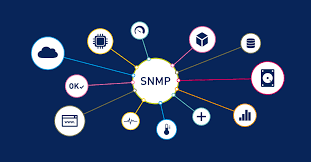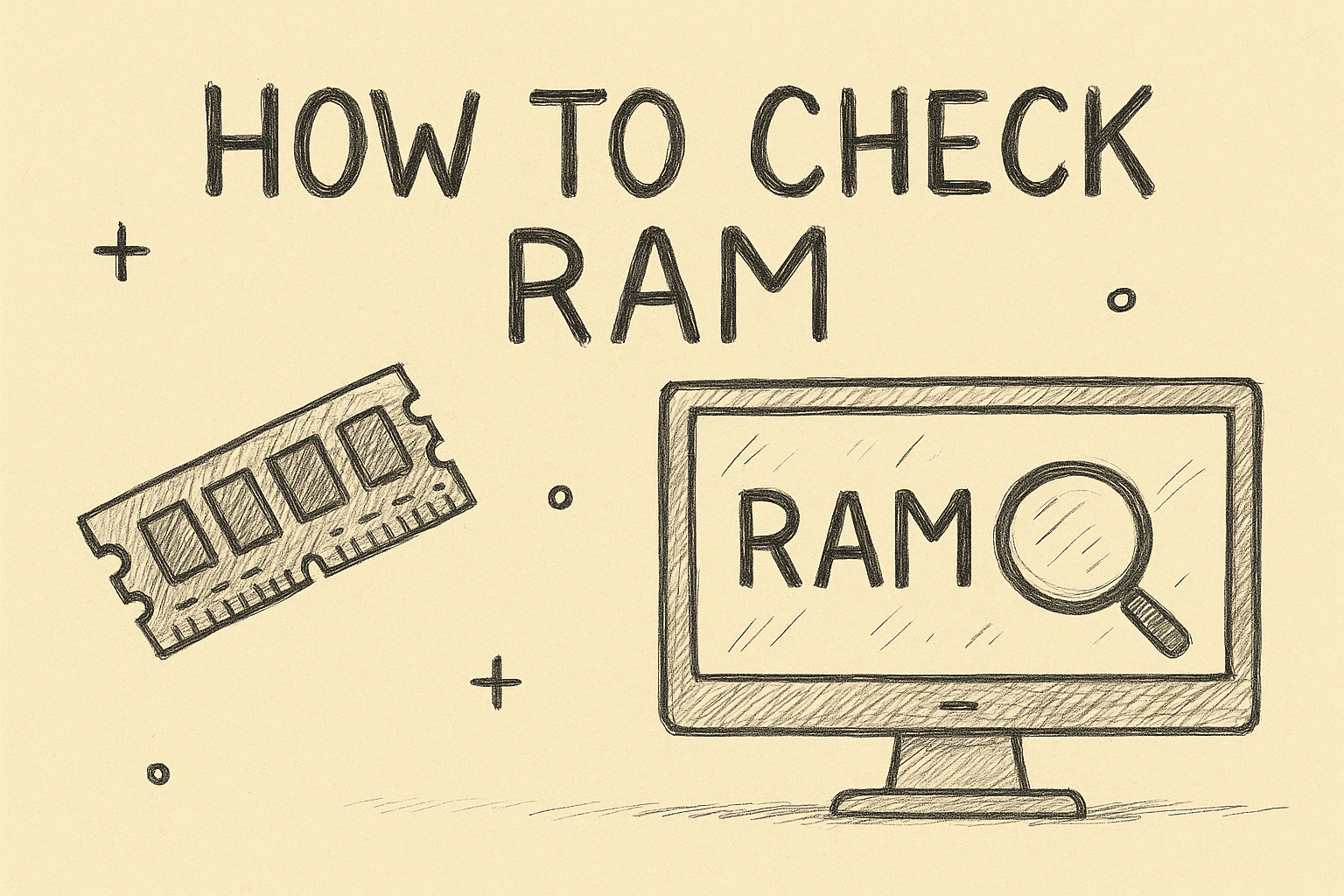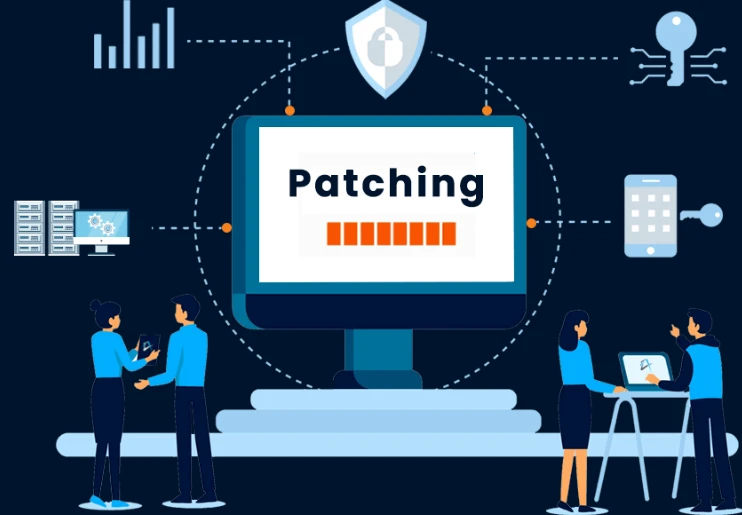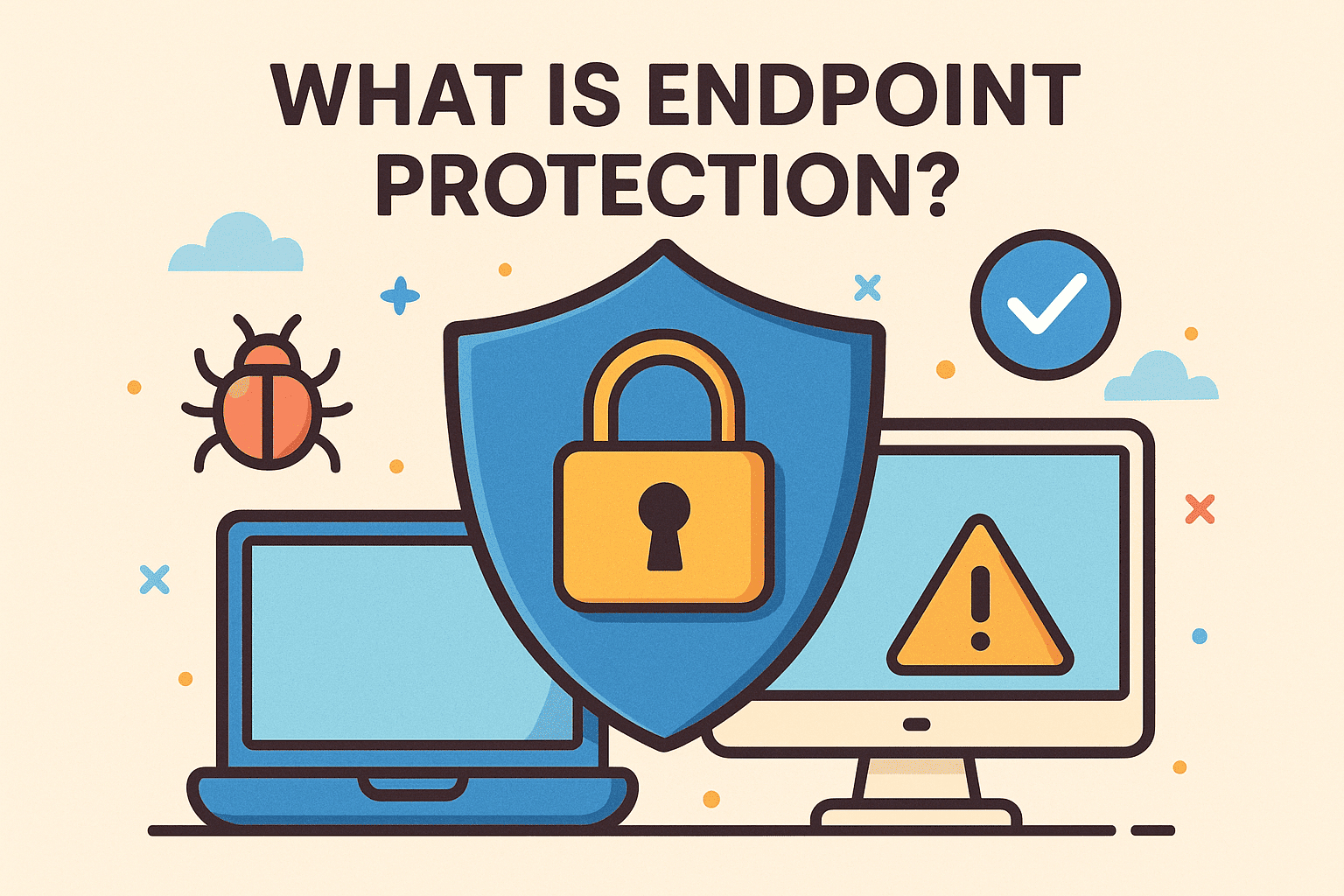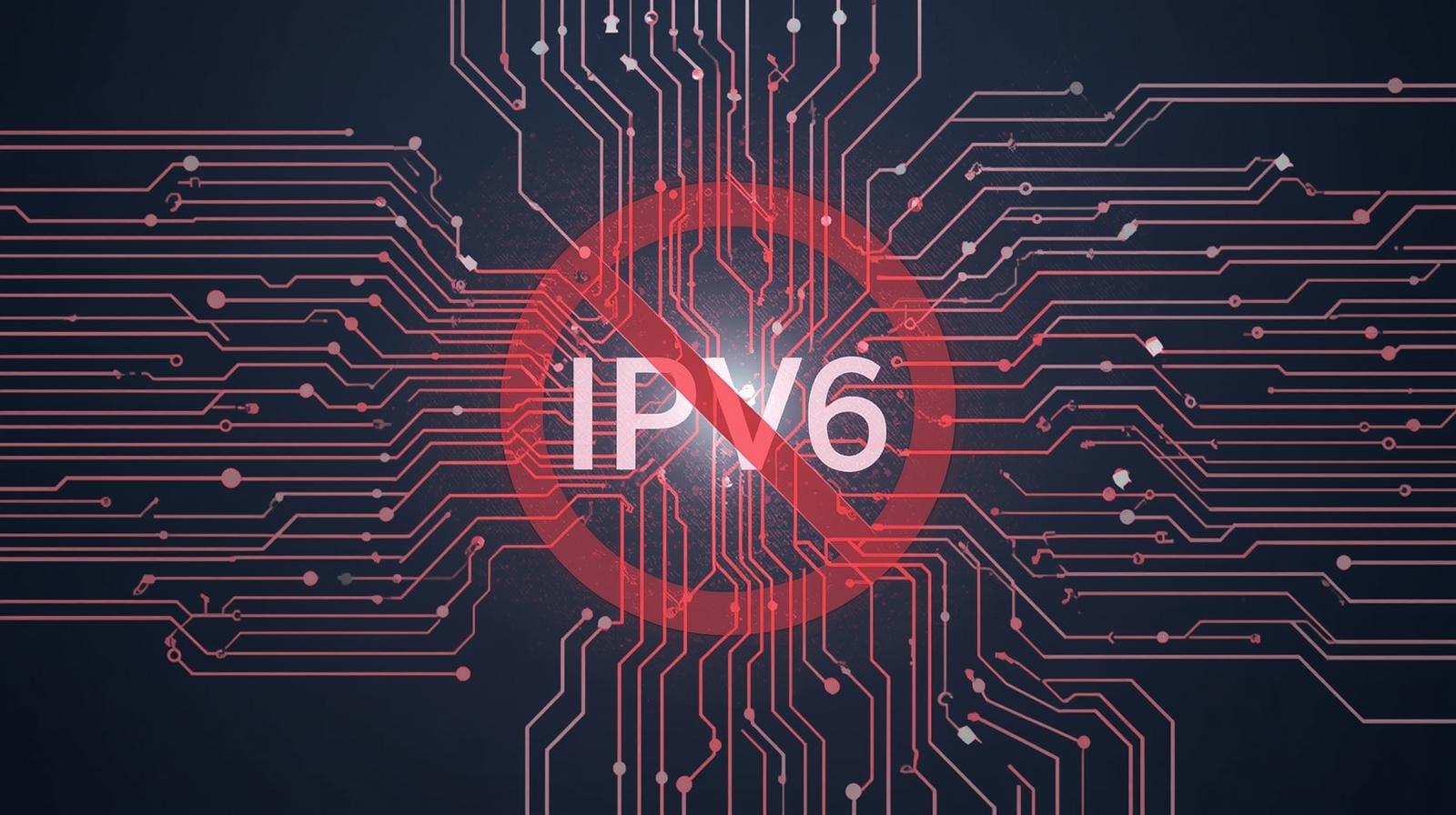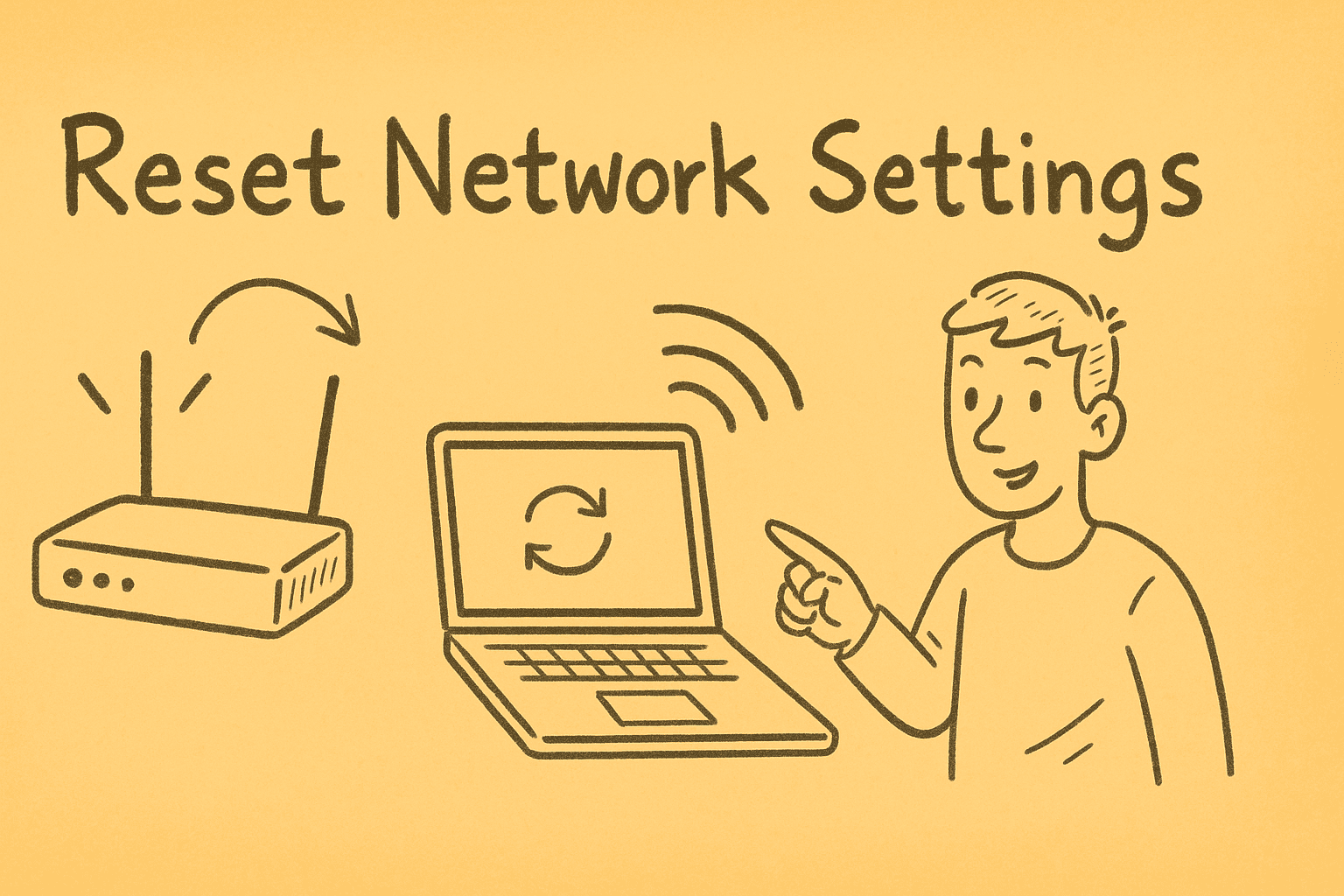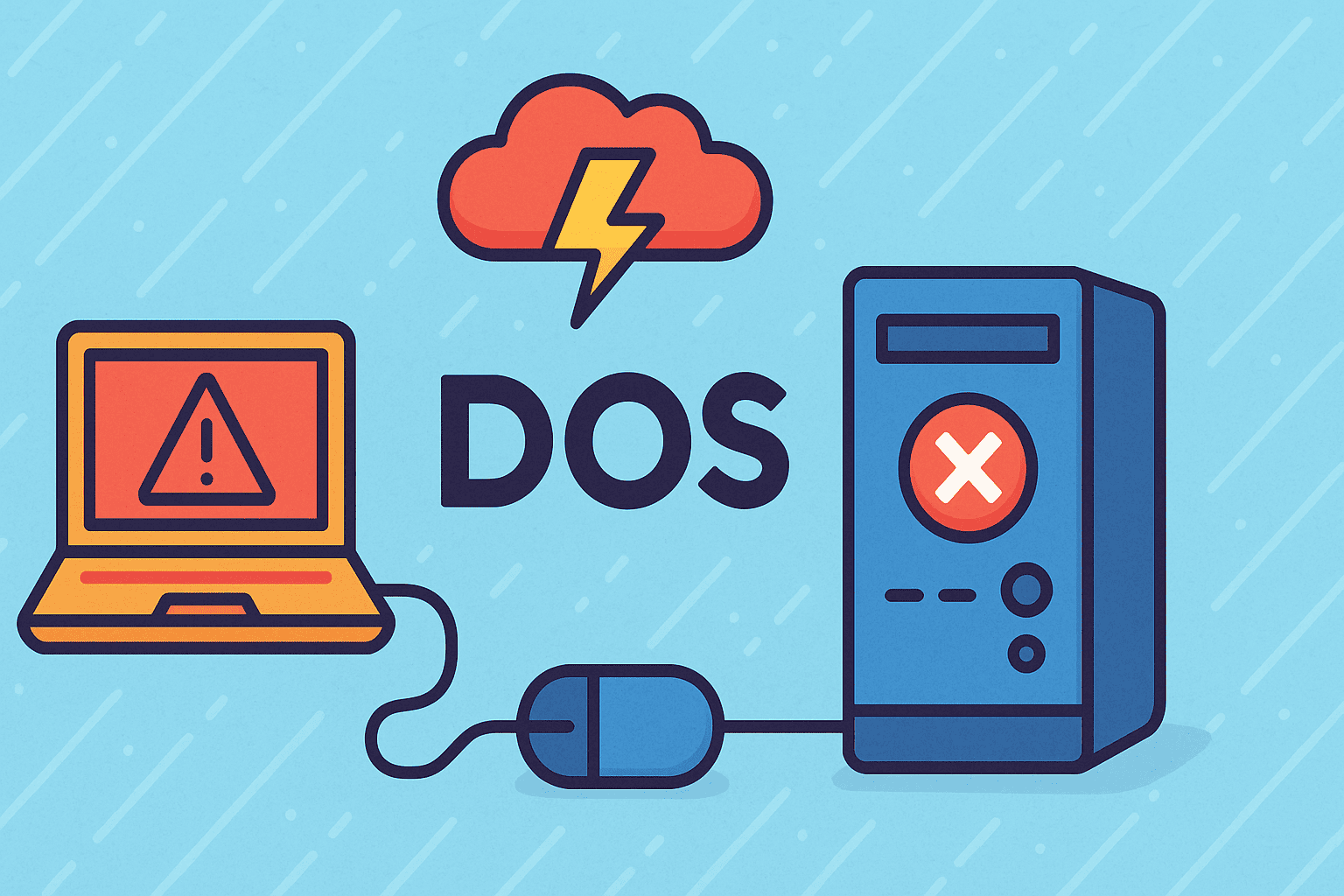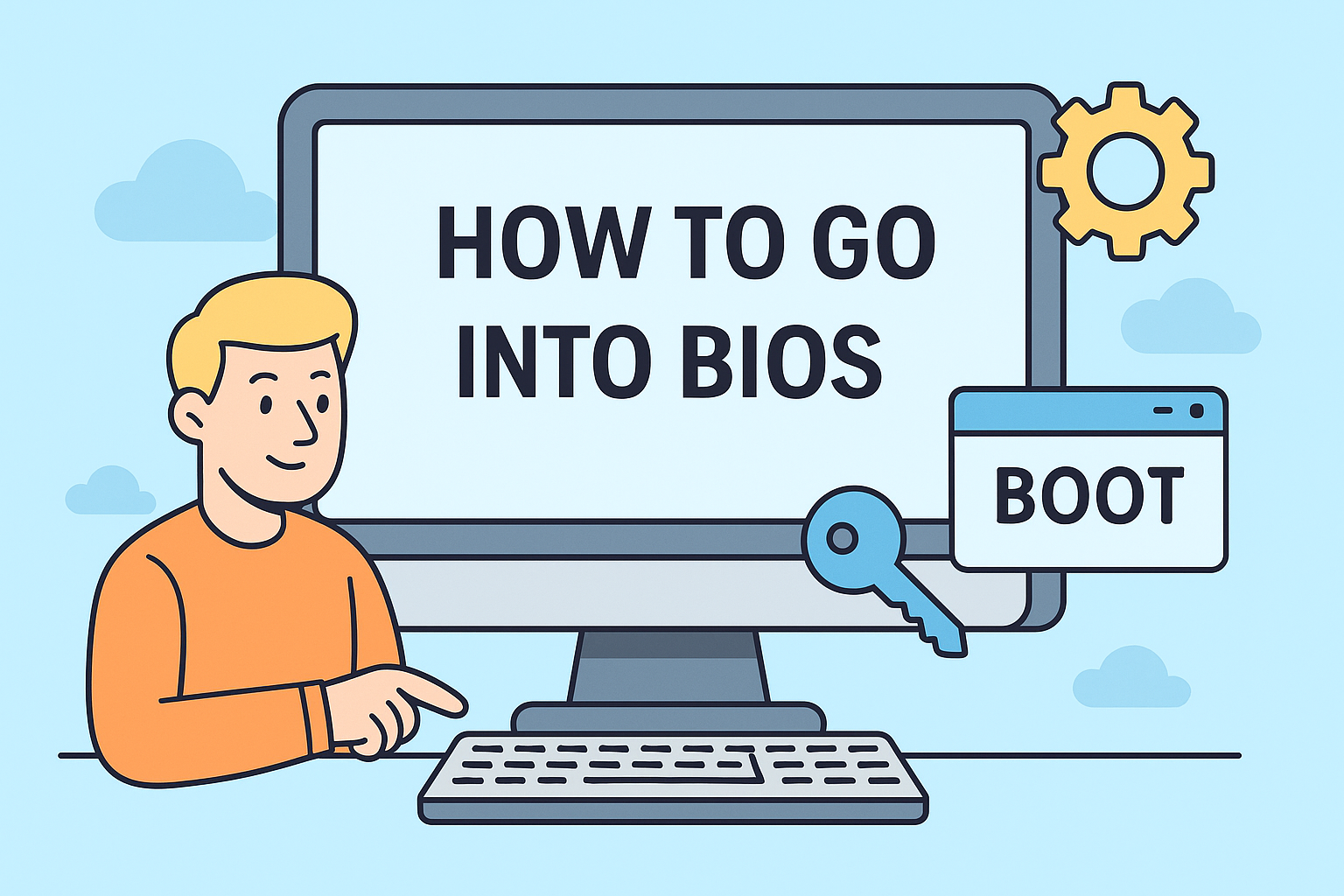Is Your Organization Truly Resilient?
Updated on June 30, 2025, by ITarian
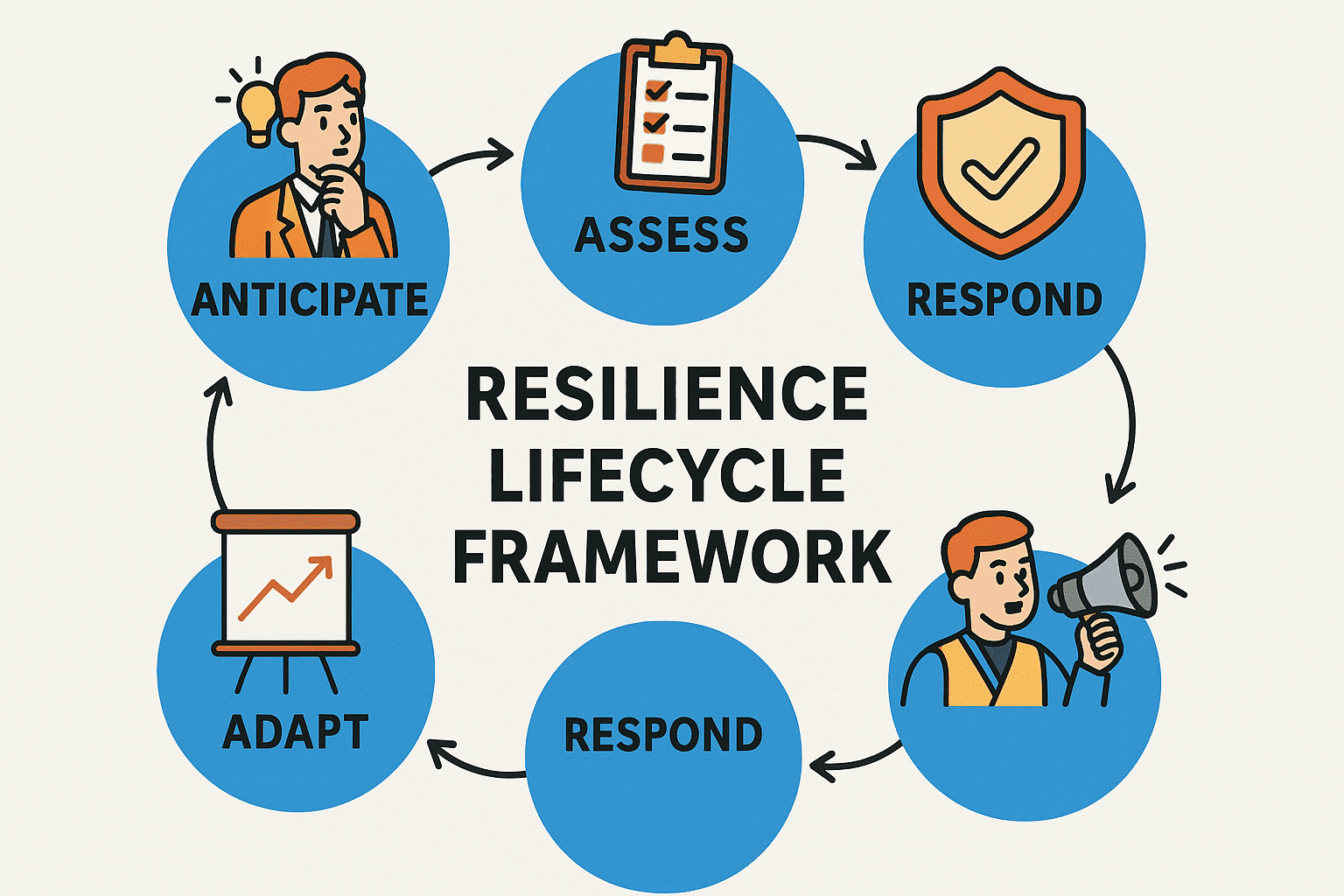
In today’s digital age, disruptions are no longer rare—they’re expected. From sophisticated cyberattacks to natural disasters, resilience is no longer a luxury; it’s a necessity. But how exactly can your organization prepare, respond, and thrive through adversity?
This is where the resilience lifecycle framework comes in. Understanding what are the 5 key stages of resilience lifecycle framework can be the difference between bouncing back or breaking down. Whether you’re an IT manager, cybersecurity expert, or CEO, this framework empowers you to build an adaptive and robust defense strategy that goes beyond prevention.
What Is the Resilience Lifecycle Framework?
Before diving into the five key stages, let’s clarify what the resilience lifecycle framework actually means.
It’s a structured, repeatable process designed to help organizations anticipate, withstand, recover, and evolve from disruptions—be they cyber threats, operational breakdowns, or natural catastrophes. The framework blends strategic foresight with tactical readiness and is a cornerstone of the organizational resilience model.
The 5 Key Stages of the Resilience Lifecycle Framework
Here’s a deep dive into each of the five core stages that define the phases of resilience lifecycle:
1. Anticipate
“Forewarned is forearmed.”
At this stage, organizations forecast potential risks and vulnerabilities using tools like:
- Risk assessments
- Threat modeling
- Business impact analysis (BIA)
Key Objectives:
- Identify internal and external risks
- Evaluate likelihood and impact
- Define thresholds of acceptable risk
Why It Matters:
Anticipating threats prepares the foundation for all subsequent actions in the resilience framework stages.
2. Prevent
“Build your defenses before the storm hits.”
In this phase, measures are put in place to mitigate or eliminate identified risks. Prevention is proactive, not reactive.
Tactics include:
- Updating cybersecurity policies
- Conducting employee training
- Installing firewalls and intrusion detection systems
Key Deliverables:
- Hardened IT infrastructure
- Resilience-aware workforce
- Reduced attack surfaces
Security Tip:
This phase aligns strongly with cybersecurity best practices, making it essential for IT leaders and CISOs.
3. Respond
“When a crisis hits, your response defines your resilience.”
Despite best efforts, incidents will occur. This stage is all about timely and effective crisis management.
Elements of a Strong Response Plan:
- Incident response teams (IRT)
- Playbooks and communication protocols
- Real-time monitoring and threat intelligence
Pro Insight:
Ensure that roles and responsibilities are clearly assigned during this phase to avoid chaos when rapid decisions are needed.
4. Recover
“Getting back to business, stronger than before.”
This phase focuses on restoring normal operations while minimizing downtime and losses.
Key Recovery Actions:
- Data backups and disaster recovery (DR) testing
- Root cause analysis
- Restoring service levels (RTO/RPO)
Goal:
Not just to recover—but to improve based on what was learned during the response.
5. Adapt & Evolve
“Continuous improvement is the path to true resilience.”
The final stage is often the most overlooked—but it’s where transformation happens.
Best Practices:
- Post-incident reviews and audits
- Updating protocols based on lessons learned
- Continuous employee training
Why It Matters:
Organizations that integrate feedback into future resilience planning are the ones that thrive, not just survive.
Why the Resilience Lifecycle Matters for Your Organization
Implementing this framework isn’t just a checkbox exercise. It provides:
- Operational stability during crises
- Cybersecurity reinforcement
- Stakeholder confidence
- Regulatory compliance (e.g., ISO 22301, NIST)
It’s especially vital for leaders in sectors like finance, healthcare, and IT—where downtime equals revenue loss.
Integrating the Framework: Actionable Tips
- Start with a gap analysis: Identify which of the five stages your organization currently lacks.
- Assign ownership: Each phase should have clear leadership.
- Simulate disruptions: Run quarterly drills to test response and recovery plans.
- Leverage automation: Use cybersecurity tools that offer predictive analytics and AI-based threat detection.
- Measure success: Define and track KPIs for resilience such as Mean Time to Recovery (MTTR) and threat containment time.
FAQs: Common Questions About the Resilience Lifecycle Framework
1. What is the purpose of a resilience lifecycle framework?
To provide a structured approach for organizations to anticipate, mitigate, respond to, and recover from disruptions while continuously evolving.
2. How is it different from a traditional risk management plan?
While risk management focuses primarily on identifying and assessing threats, the resilience lifecycle includes proactive, reactive, and adaptive components, making it more holistic.
3. Can small businesses implement this framework?
Absolutely. While the scale might differ, the core principles remain applicable to SMBs as well as large enterprises.
4. How often should we review our resilience framework?
Ideally, every 6–12 months or after a major incident.
5. Is resilience the same as disaster recovery?
No. Disaster recovery is a part of resilience. True organizational resilience includes prevention, adaptation, and continuous learning.
Final Thoughts: Are You Ready to Evolve?
Understanding what are the 5 key stages of resilience lifecycle framework is more than a theoretical exercise—it’s a practical roadmap to securing your organization in an unpredictable world.
Don’t wait for a crisis to test your preparedness. Proactively assess, plan, and evolve your resilience capabilities.
Ready to strengthen your organization’s cybersecurity posture and resilience?
👉 Sign up now with Itarian for world-class solutions that align with the resilience lifecycle.

